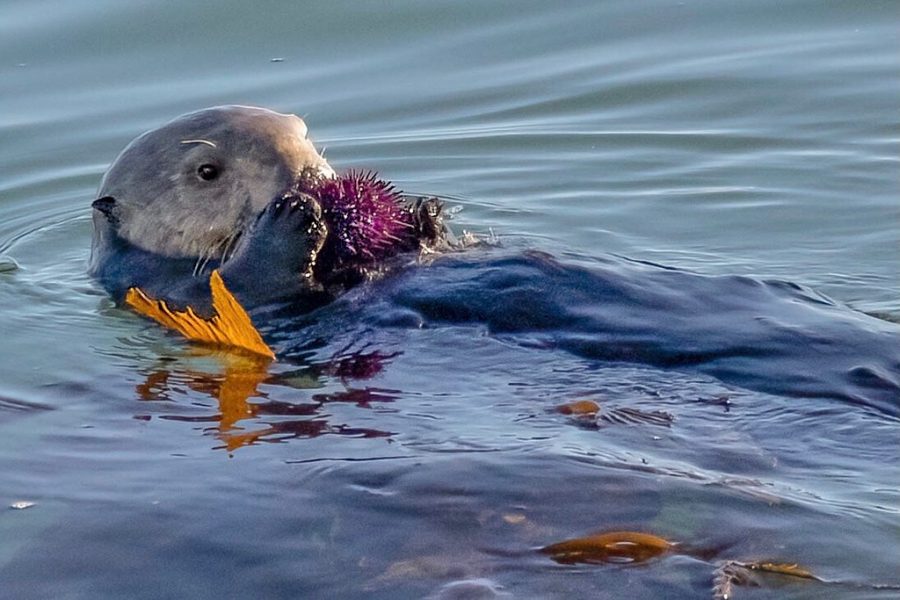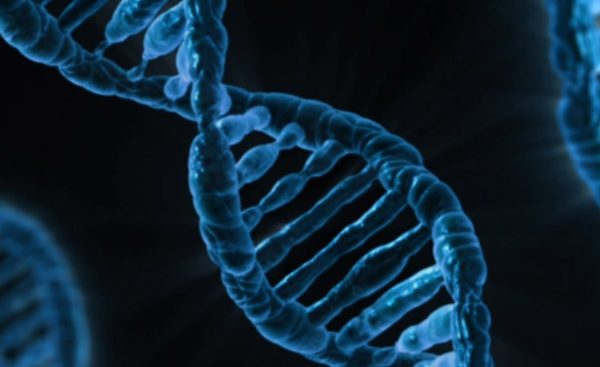When Will Sea Otters Have Enough?
Melissa Miller, a scientist working on Southern sea otter conservation, fell into concern when the otters she was conducting postmortem examination on were exhibiting severe inflammation and tissue cyst—sacs that could form in any part of the body, filled with air, fluid, or other material. Internal abnormalities found were lesion patterns in the urethra and heart. The cause of all this; Toxoplasma gondii. Toxoplasma gondii is a parasite responsible for the cause of an infection known as toxoplasmosis. Domesticated and feral cats alike carry the parasite toxoplasma gondii through the activity of hunting rodents and birds. For humans, the infection is most commonly spread through the consumption of raw meats and contact with cat feces. Surprisingly, 15% to 18% of the U.S. human population carries toxoplasma and remains dormant as the body does not fight off the parasite, commonly remaining harmless for carries. However, individuals with weakened immune systems, such as carriers of AIDS, do face deadly consequences.
Similarly to humans, only the immunosuppressed are affected. Through cat feces-infected water, the symptoms found on these otters weren’t the usual strain of toxoplasma gondii, typically the one causing brain and heart inflammation in animals with weaker immune systems which possess a significantly lower threat. The reason for this is type X strains of toxoplasma gondii. Aside from this, Toxoplasma gondii isn’t new to otters at all. For southern sea otters from 1998 through 2012, 8% of the otter’s deaths were caused by toxoplasma. Why this occurs for two different reasons; their poor living situations and diet. Given that some otters can be found living around coastal cities, for example, Monterey Bay, where otters are exposed to land-based runoff carrying fresh water infested with cat feces, this runoff of bivalves and snails contribute to 64% of otter’s diet are carriers of toxoplasma as well. This helps us better understand how affected the otter population is by toxoplasma. In the Monterey Bay area, from 1998 to 2001, studies show that 17% of otters deaths in this area were caused by toxoplasma gondii.
Emily Iversen, a student of the University of Washington majoring in parasite ecology, details in her research, “Recommendations on the control of toxoplasma gondii infection in southern sea otters” The reason Emily Iversen is concerned in this matter is due to the fact that at the end of the fur trade in 1911, sea otters were left near extinction with only 1000 of the sea animals remaining worldwide. This number has slowly risen and to this day, they sit around 3,000 otters worldwide. The strain of toxoplasma gondii on otters does not aid in the otters’ unfortunate circumstances. To this, Emily Iversen suggests UV radiation of stormwater in order to eliminate T. gondii oocysts before reaching open water. Vaccination and/or medication of sea otters to assist otters in preventing or treating infection by T. gondii ultimately reduces sea otter death, which in turn allows sea otters to balance the urchin overpopulation we are starting to witness. Protecting the kelp forest from being completely devoured encourages a more biodiverse coastal ecosystem.






